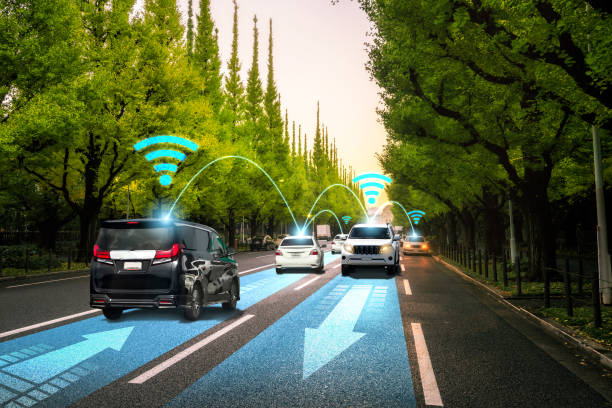Intelligent Transport System (ITS) refers to the integration of advanced technologies in the transportation sector to enhance safety, efficiency, and sustainability. With the increasing population and urbanization, the demand for mobility has risen dramatically, and (ITS) has emerged as a solution to address the challenges of congested roads, traffic accidents, and environmental degradation.
The Key Components of ITS
ITS encompasses a wide range of technologies, including communication, information, and control systems, which can be divided into several categories:
- Advanced Traveler Information Systems (ATIS).
- ATIS provides real-time information to travelers, such as traffic conditions, road closures, and alternative routes, enabling them to make informed decisions.
- Advanced Public Transport Systems (APTS).
- APTS includes smart ticketing, real-time passenger information, and vehicle tracking systems, which improve the overall experience of using public transportation.
- Advanced Vehicle Safety Systems (AVSS).
- AVSS encompasses technologies such as lane departure warnings, forward-collision warnings, and automatic emergency braking, which reduce the likelihood of accidents and improve road safety.
- Advanced Traffic Management Systems (ATMS).
- ATMS uses real-time data from various sources, such as cameras and sensors, to monitor traffic flow and congestion. It enables traffic managers to optimize traffic signal timings, manage lane closures, and respond to incidents more efficiently.

The Benefits of ITS
The deployment of ITS has several benefits for both travelers and transportation providers:
- Improved safety.
- The use of AVSS and ATMS technologies can reduce the number of accidents and fatalities on the roads.
- Enhanced efficiency.
- ITS can help reduce congestion, travel time, and fuel consumption, leading to more efficient and sustainable transportation.
- Increased sustainability.
- ITS can promote the use of alternative modes of transportation, such as public transportation and active modes, reducing the dependence on private vehicles and improving air quality.
- Enhanced user experience.
- ITS technologies, such as ATIS and APTS, can provide travelers with real-time information, making the journey more convenient and enjoyable.
Case Studies
Several cities around the world have implemented ITS, and the results have been positive:
- Singapore.
- Singapore was one of the first cities to adopt ITS, and it has since become a model for other cities to follow. ITS technologies, such as real-time traffic information and electronic road pricing, have improved road safety and reduced congestion.
- Amsterdam.
- The Amsterdam Metropolitan Area has implemented ITS, including smart traffic management and traveler information systems, which have improved road safety and reduced congestion. The city also uses ITS to encourage the use of alternative modes of transportation, such as cycling and public transportation.
- Stockholm
- Stockholm has implemented ITS, including real-time passenger information and traffic management systems, which have improved the efficiency and sustainability of transportation in the city.
Conclusion
An intelligent Transport System (ITS) is a promising solution to address the challenges of urban mobility, such as congestion, safety, and sustainability. The integration of advanced technologies, such as communication, information, and control systems, has the potential to improve the efficiency, safety, and sustainability of transportation. The successful implementation of ITS in cities around the world highlights its potential to transform the way we travel and make cities more livable and sustainable.

